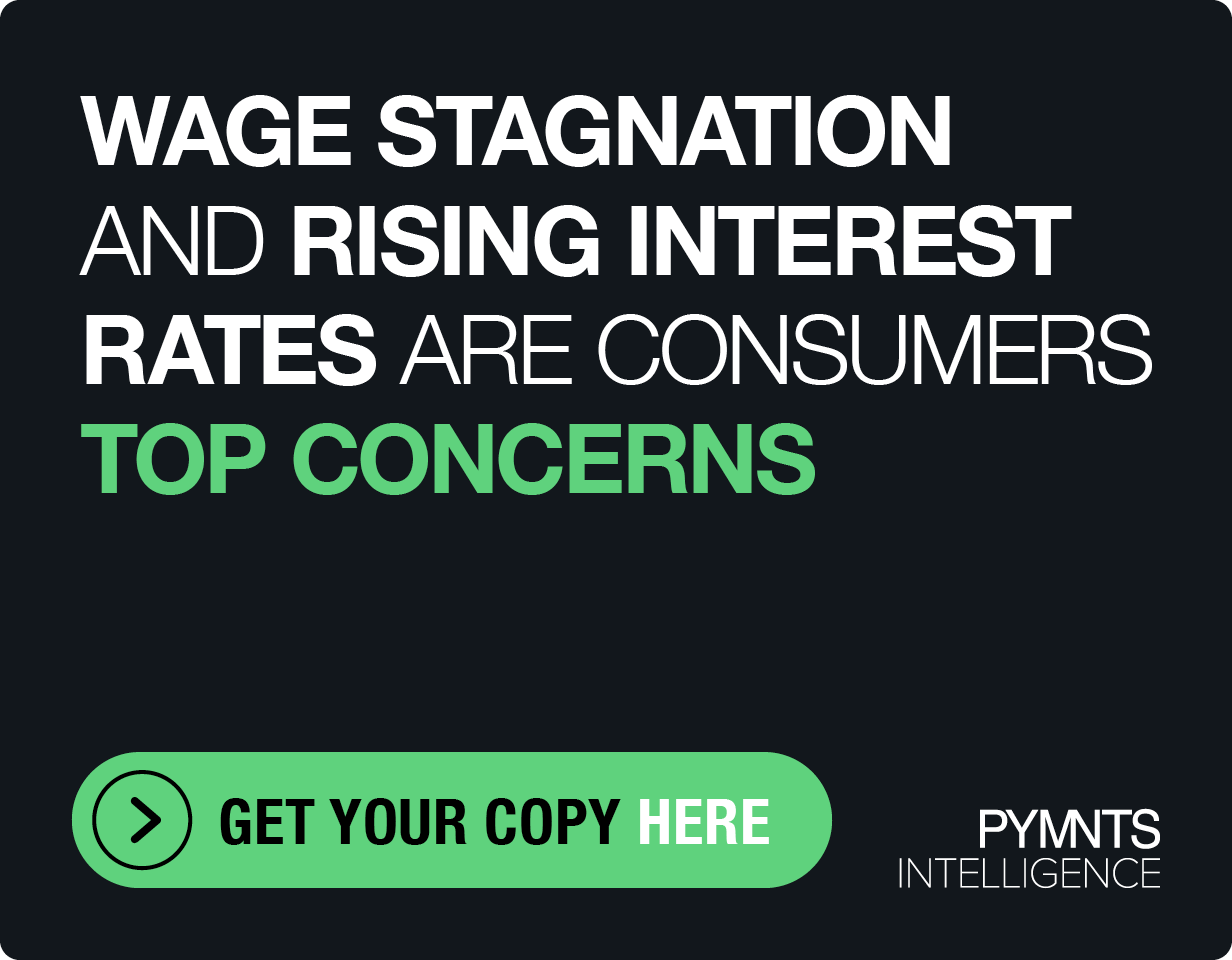How Payroll Cards Find Space To Grow In Canada’s Evolving Market

In recent decades, the payroll card has become an important tool to drive financial inclusion.
For professionals without a bank account, reloadable prepaid and payroll card solutions can be vital to connecting workers to their wages quickly when direct deposit isn’t an option, and when paper checks create a headache of expensive cashing fees.
But no longer are payroll cards reserved for un-banked workers. Their use cases are expanding as payroll needs shift among both employers and their staff, according to Karen Budahazy, vice president of Digital Enablement and Issuing at Canada-based financial service provider Peoples Group.
Last week, Peoples Group subsidiary Peoples Trust Company announced that its range of general purpose reloadable (GPR) prepaid and payroll card products are now eligible for Canada Deposit Insurance Corporation (CDIC) insurance, similar to the way funds within payroll cards are insured by the Federal Deposit Insurance Corporation in the U.S.
In a conversation with PYMNTS, Budahazy explained why CDIC insurance is so important for payroll and GPR card solutions as they proliferate into new scenarios and land in the hands of more professionals across Canada.
A Bank-Like Solution
When it comes to receiving wages, there is no room for error or risk. Professionals of any industry need the funds they have earned, and they need the confidence that money will be sent from their employers accurately, without delay, and to the right destination.
For individuals that lack a bank account, having funds held on a payroll card product insured by the CDIC brings significant value in lieu of a traditional bank account.
“CDIC insurance really gives that comfort to individuals that their funds are secure, similar to if they were held in a bank account,” said Budahazy, noting that the CDIC insurance eligibility is the result of Peoples Trust collaborating directly with the CDIC.
While valuable for professionals that rely on payroll cards, this feature is also indicative of a larger trend in the payroll and GPR prepaid card space, she noted. Both cardholders and other industry stakeholders like CDIC are beginning to show a mindset shift.
“In the Canadian marketplace, there are probably some misconceptions that a prepaid card is more limiting with respect to functionality,” she said. “We’re starting to see payroll and GPR prepaid cards looking much closer to a bank account with much less friction and greater ease of use, and the CDIC has now recognized this.”
Indeed, she added, many of the neobanks emerging on the Canadian market are using prepaid card products and technology as a way to provide bank account-like services to their customers.
A Proliferating Adoption Path
CDIC insurance perhaps enhances the legitimacy of the payroll card at an important moment in the evolution of the product. Prepaid cards as a mechanism of receiving funds from employers are growing across verticals, wage levels and skillsets, with a few key areas of the economy that are particularly impactful to the proliferation of payroll cards.
Budahazy pointed to the gig economy as a significant contributor to payroll card adoption today in Canada, citing payroll cards’ ability to consolidate wages received by multiple hirers. Payroll cards are also an effective tool in support of a growth trend of on-demand access to wages for professionals, whether in the gig economy or otherwise.
Another trend emerging is the tendency among certain employers to issue tips on cards rather than via cash, especially as contactless and cashless tipping gain traction as a result of the pandemic.
Similar trends are brewing in the U.S., where payroll card adoption may lead to as much as $60 billion worth of wages and earnings loaded onto cards by 2022. Among the biggest pain points for cardholders, however, are the sometimes-burdensome fees associated with payroll cards linked to everything from ATM withdrawals to lack of use.
As state- and federal-level regulators press forward with efforts to curb abusive fee practices with payroll cards, barriers will continue to be lifted for employers and workers alike.
In Canada, Budahazy said the growing adoption of GPR card services, including payroll cards, particularly among challenger banks, means there is more competition in the space and less opportunity for service providers to find success with any fee-based products. With a more competitive landscape, now combined with CDIC insurance eligibility, the attractiveness of payroll cards could be on the rise for professionals seeking an alternative to traditional direct deposits — especially as the FinTech landscape considers value-added functionalities like early wage access.
“With payroll and GPR cards, there has been a lot of increase in flexibility that can be enabled,” said Budahazy. “You’ve got a number of different ways funds can be loaded onto these cards, and there is the ease-of-use. There is a lot less friction, whether for the employer or employee, to utilize these products.”
